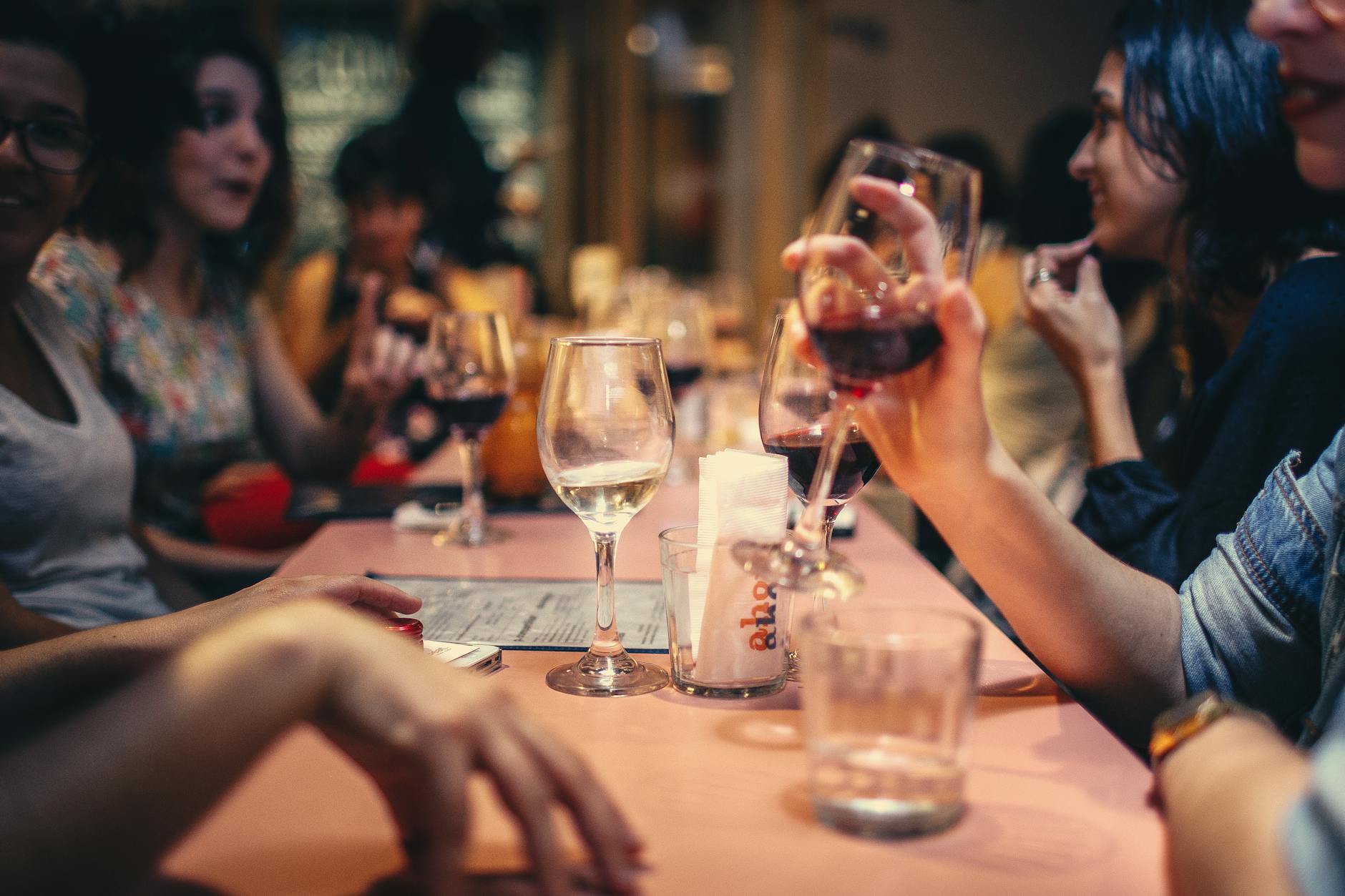The Art of Wine Tasting: A Connoisseur's Guide


Wine tasting is not just about sipping and enjoying a glass of wine. It is a sensory experience that involves sight, smell, taste, and even touch. For connoisseurs and wine enthusiasts, wine tasting is an art form that requires knowledge, practice, and a keen sense of appreciation for the intricate nuances of different wines.
When it comes to wine tasting, there are several key elements to consider in order to truly appreciate the complexities of a wine. From the appearance of the wine to its aroma and flavor profile, each aspect plays a crucial role in the overall tasting experience.
1. Appearance
The first step in wine tasting is to visually inspect the wine. Hold the glass up to a light source and observe the color and clarity of the wine. The color can provide insights into the grape variety, age, and even the winemaking process. A young white wine may appear pale yellow, while an aged red wine might have a deep ruby hue.
2. Aroma
Swirl the wine in the glass to release its aromas, then take a moment to inhale deeply. The aroma of a wine can reveal a wealth of information about its origins and characteristics. Look for notes of fruits, flowers, spices, or even earthy undertones. A skilled taster can detect subtle nuances that hint at the wine's complexity.
3. Taste
When it comes to tasting the wine, take a small sip and let it linger on your palate. Pay attention to the initial flavors, the texture of the wine, and the finish. Is the wine sweet or dry? Is it light-bodied or full-bodied? Consider how the flavors evolve and linger, noting any additional notes that become apparent.
4. Mouthfeel
The mouthfeel of a wine refers to its texture and body. Is the wine silky and smooth, or does it have a more robust and tannic structure? The mouthfeel can be influenced by factors such as alcohol content, acidity, and tannins, all of which contribute to the overall balance and harmony of the wine.
5. Conclusion
After carefully evaluating the appearance, aroma, taste, and mouthfeel of the wine, take a moment to reflect on your overall impressions. Consider how the different elements of the wine come together to create a cohesive and enjoyable tasting experience. Whether you are sampling a classic French Bordeaux or a vibrant New World Pinot Noir, each wine has a story to tell and a unique character waiting to be discovered.
Mastering the art of wine tasting is an ongoing journey that requires patience, practice, and a sense of curiosity. By honing your tasting skills and expanding your knowledge of different grape varieties and wine regions, you can develop a deeper appreciation for the complexities and nuances of the world of wine.
So the next time you raise a glass of wine to your lips, take a moment to savor the experience and unlock the hidden treasures that lie within the bottle. Cheers to the art of wine tasting!